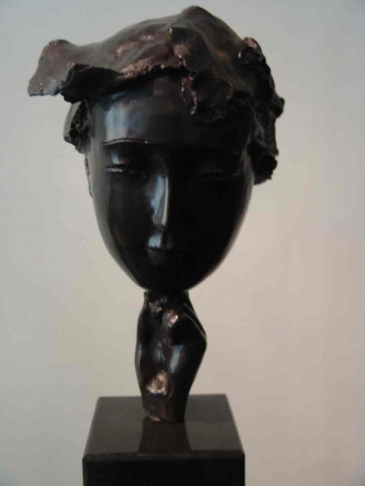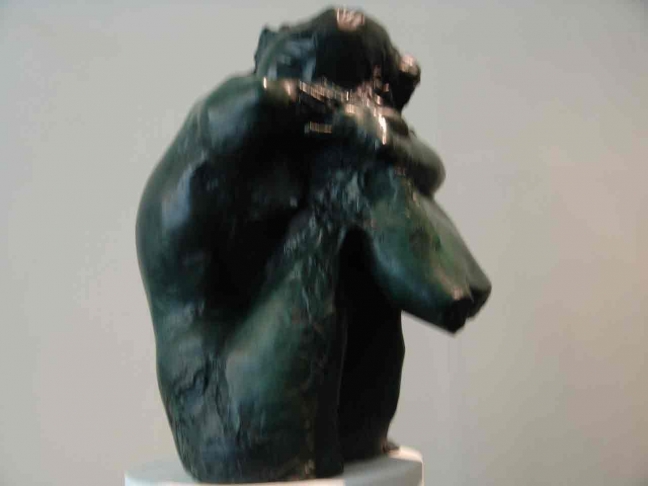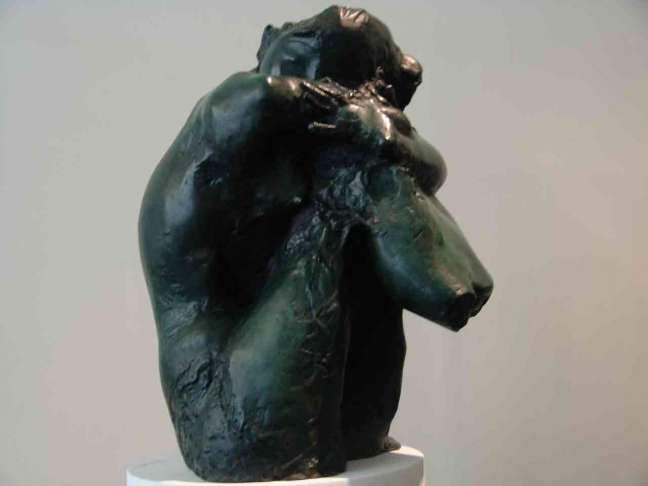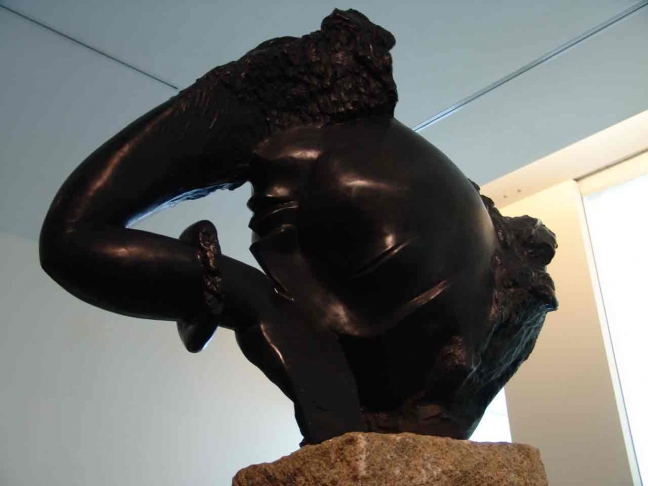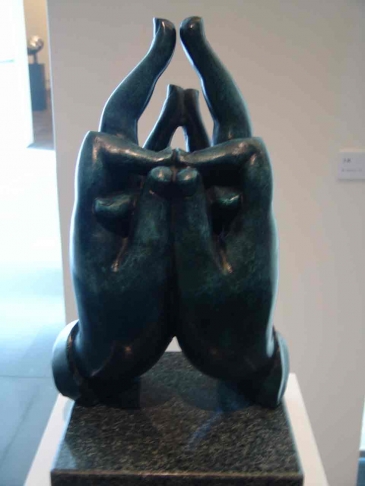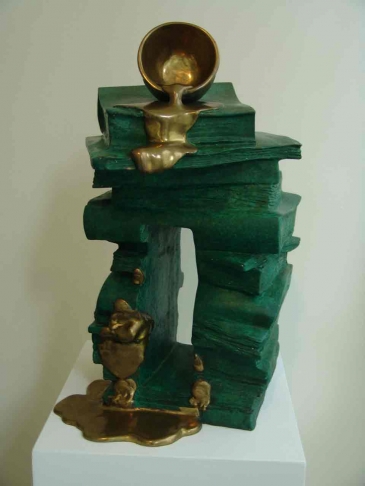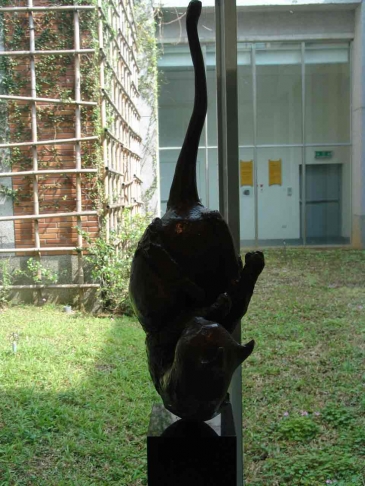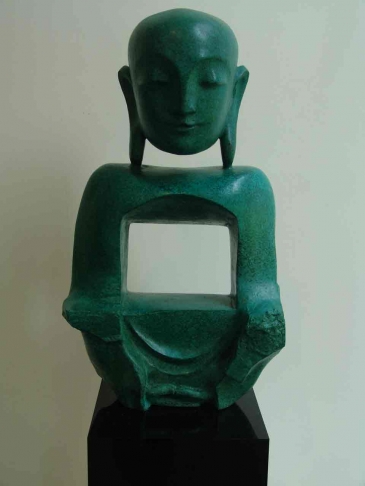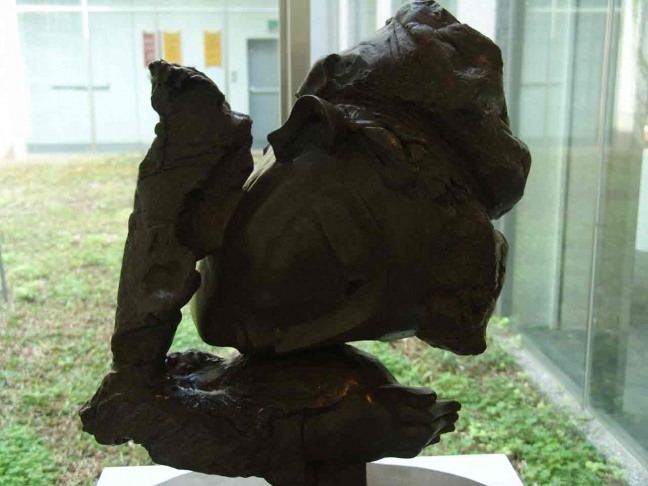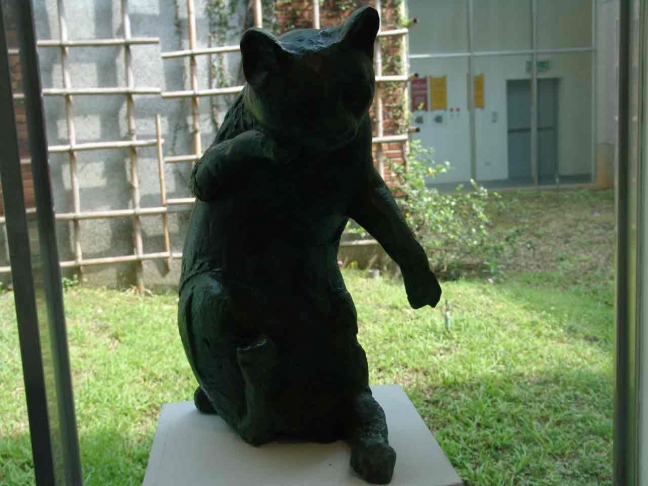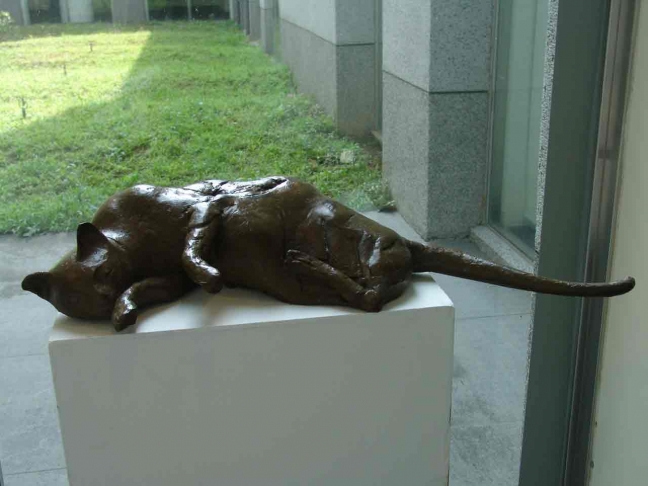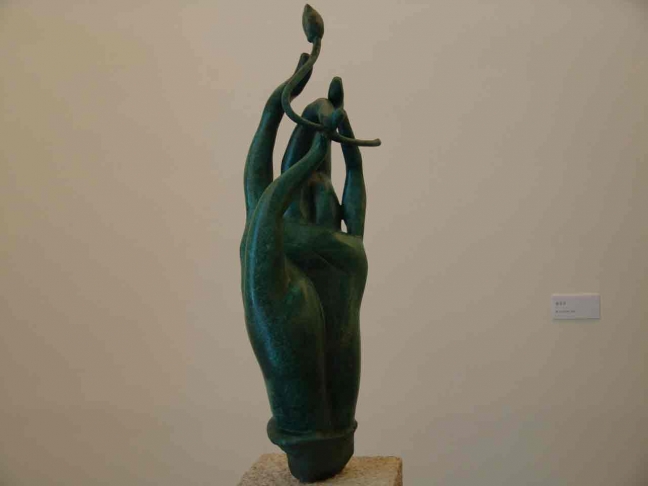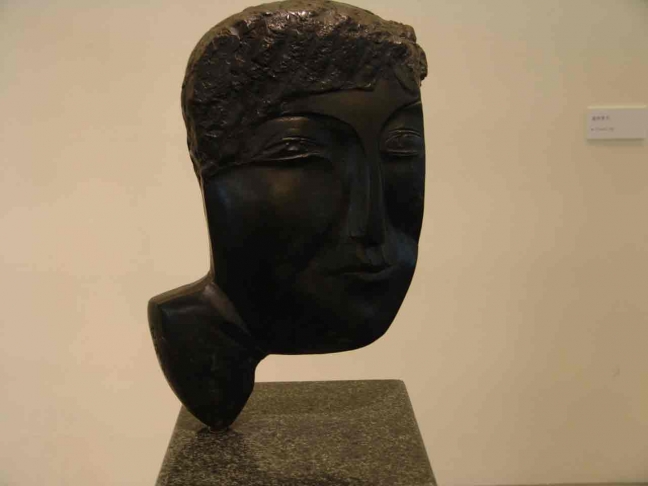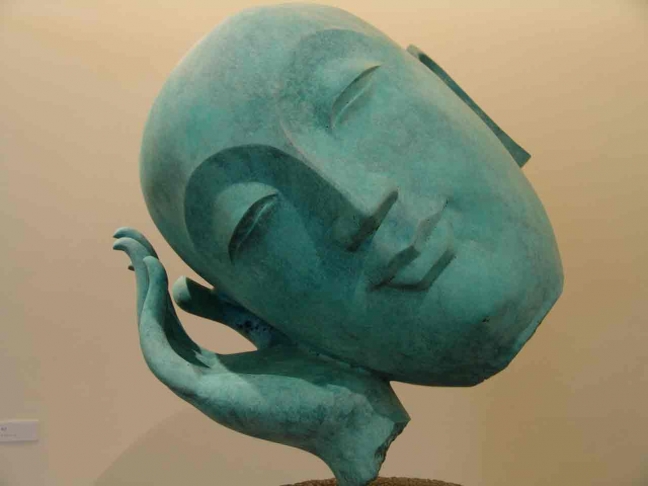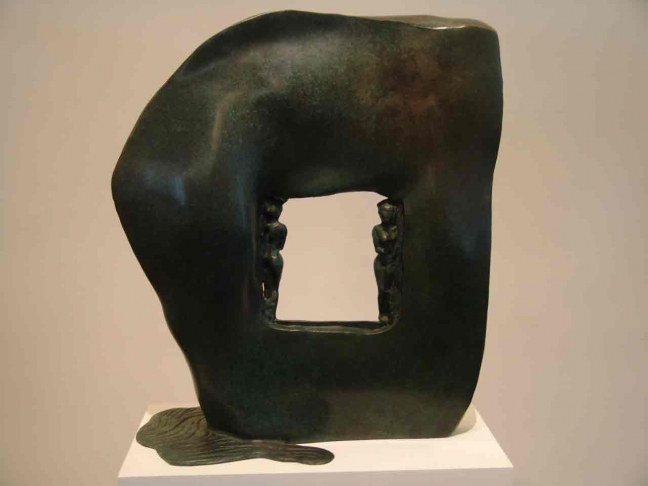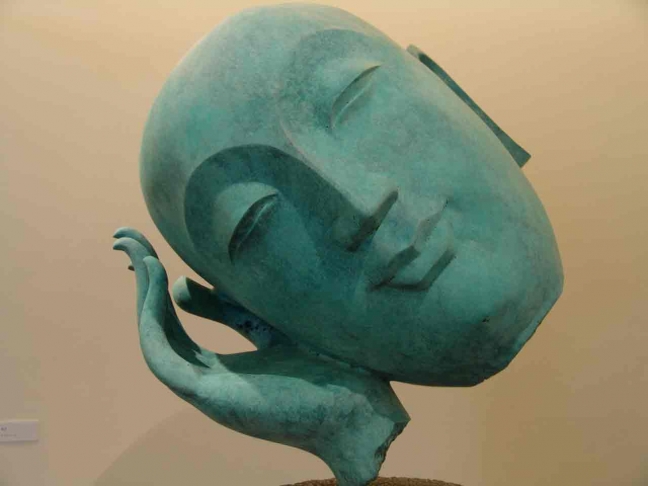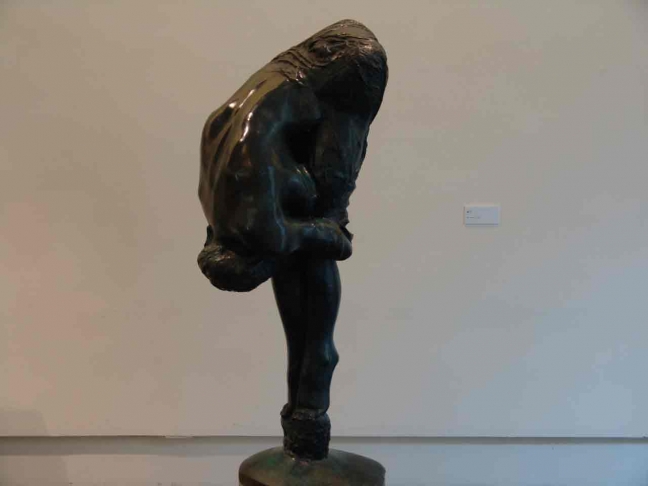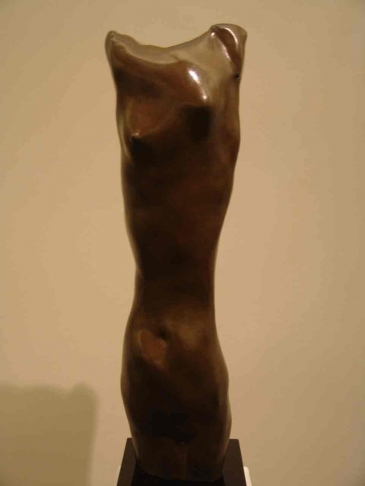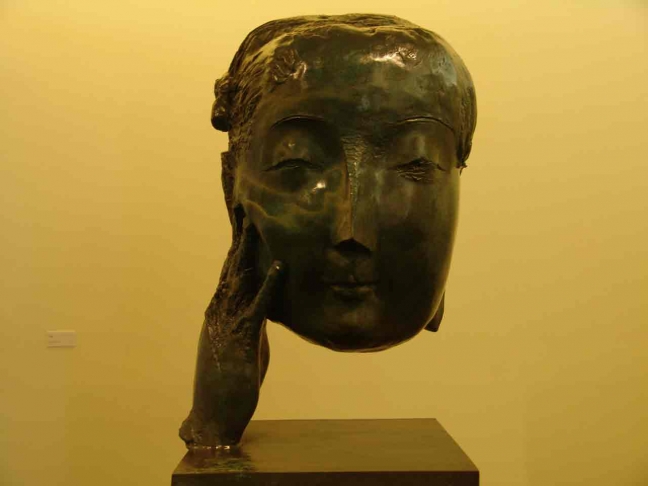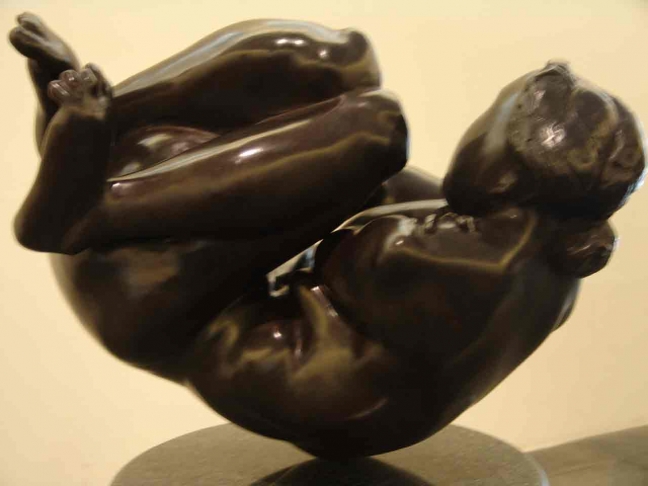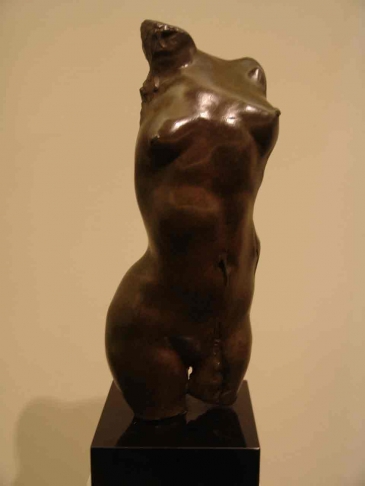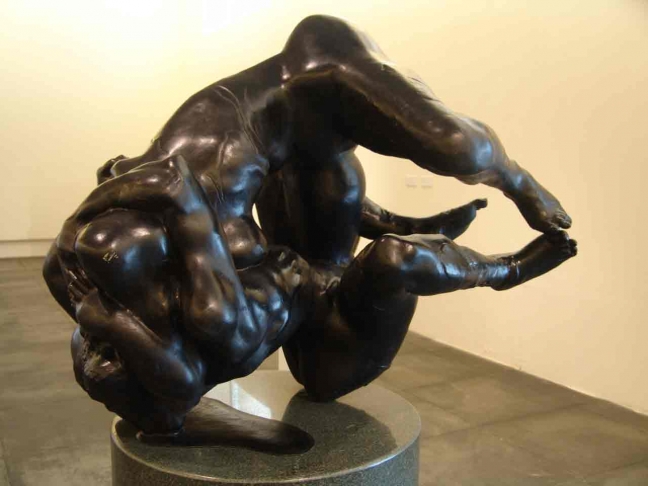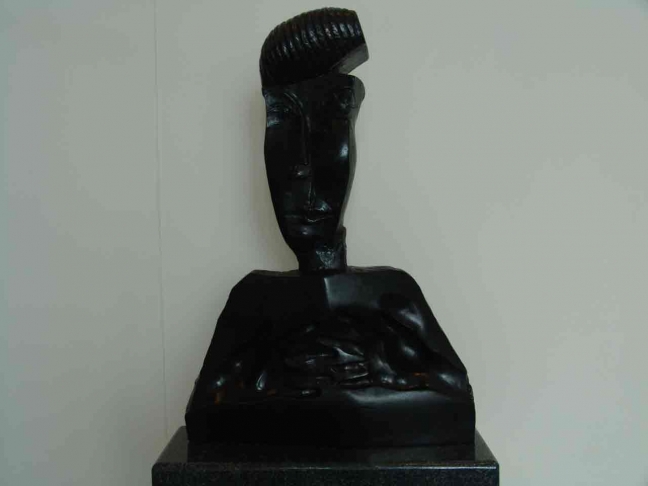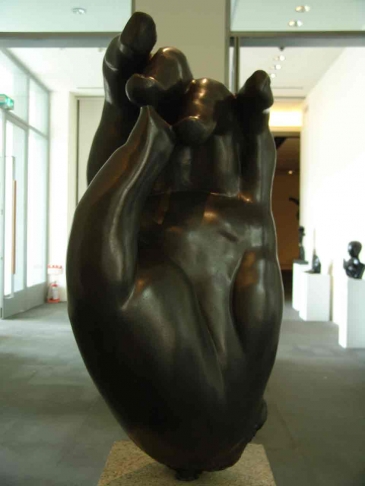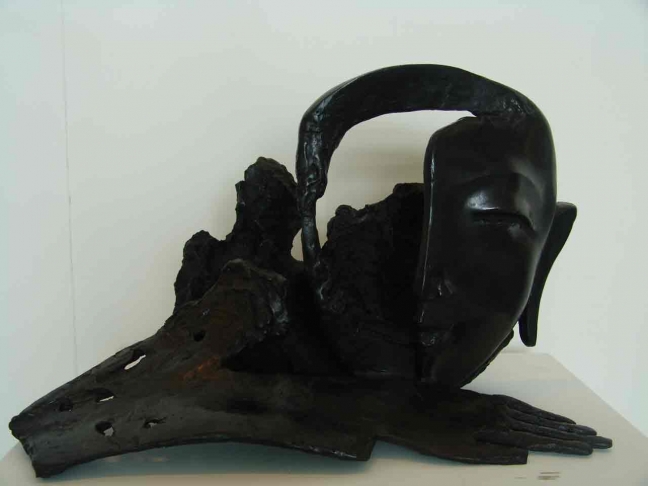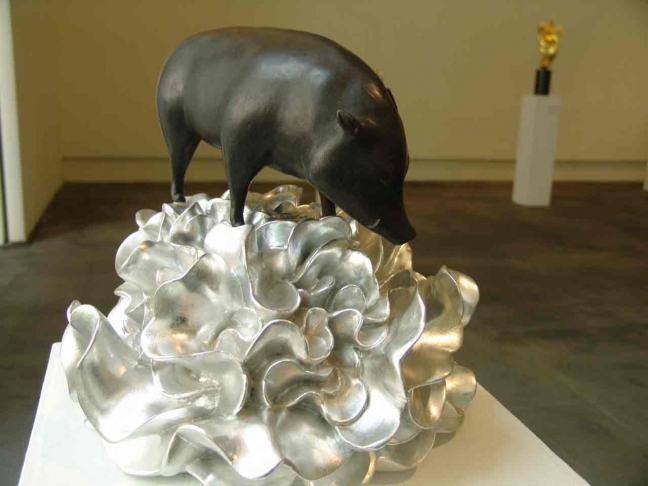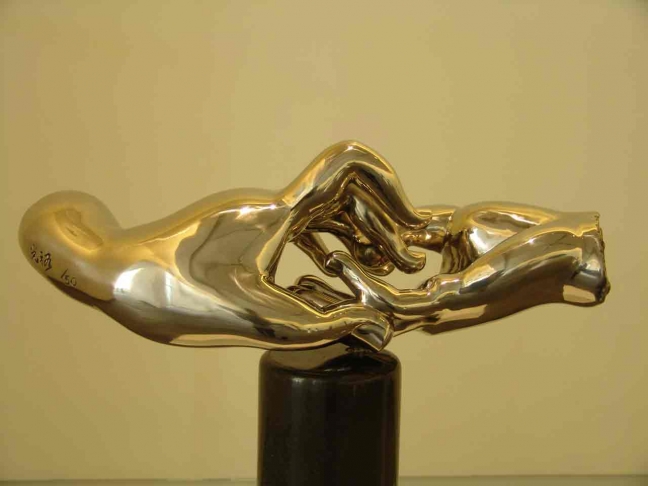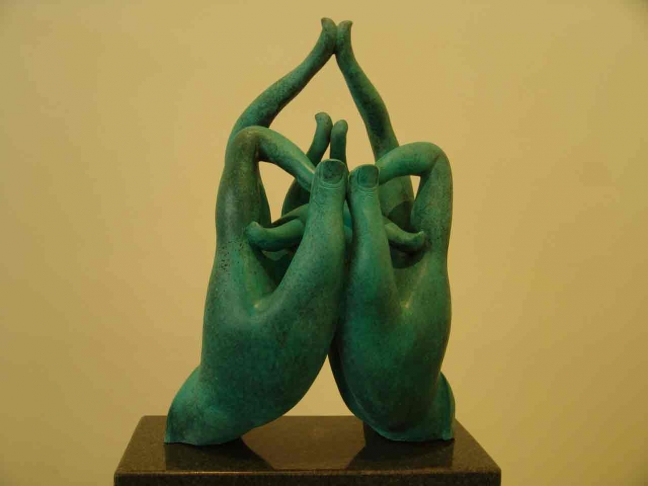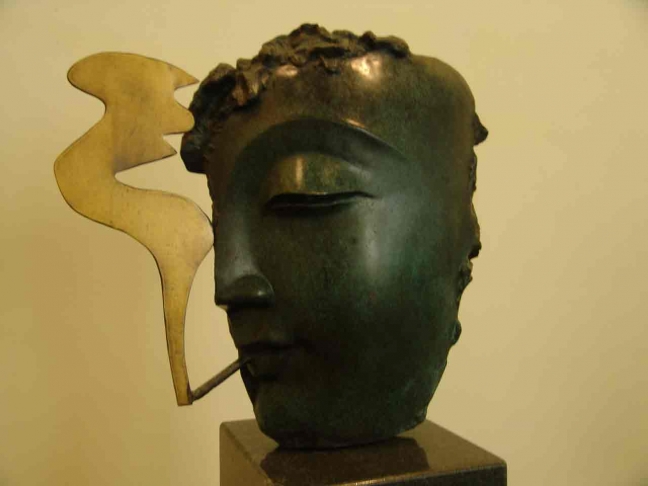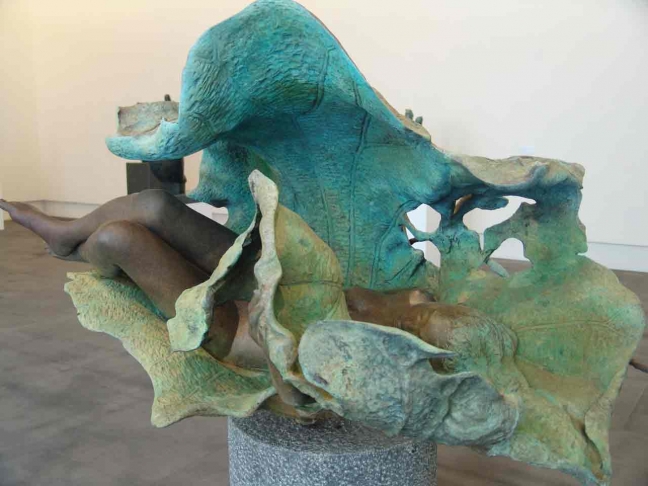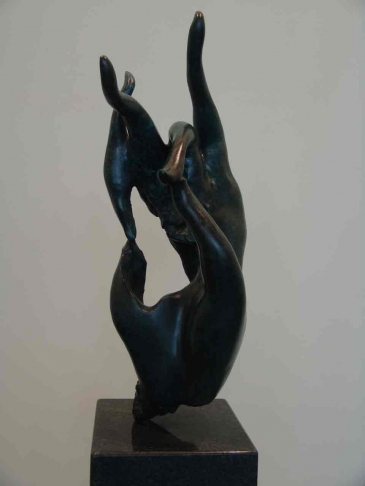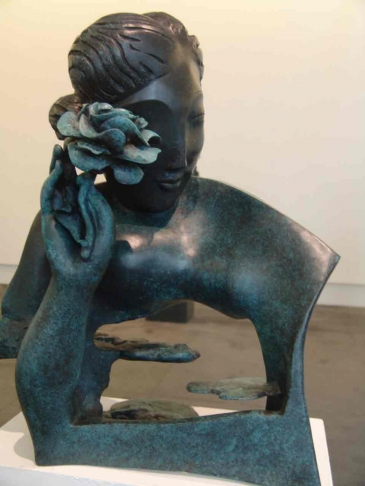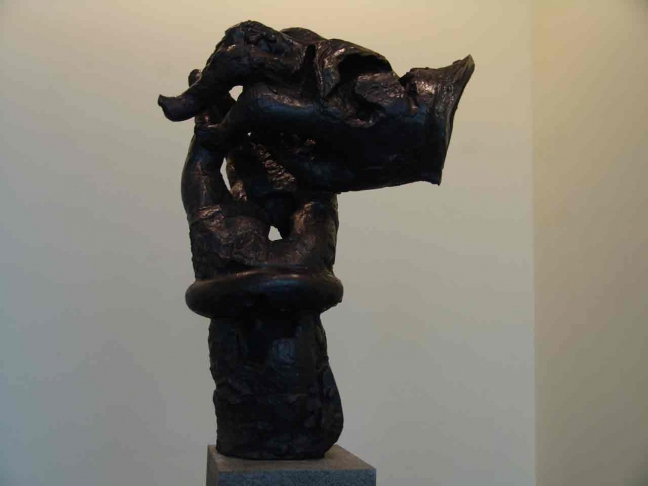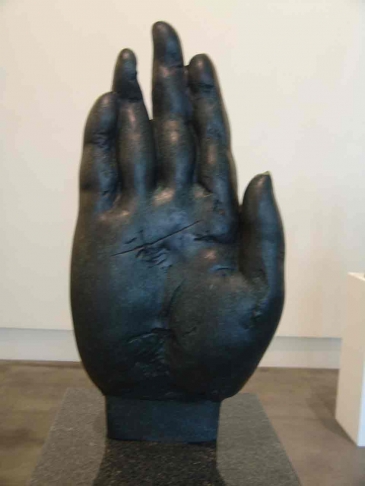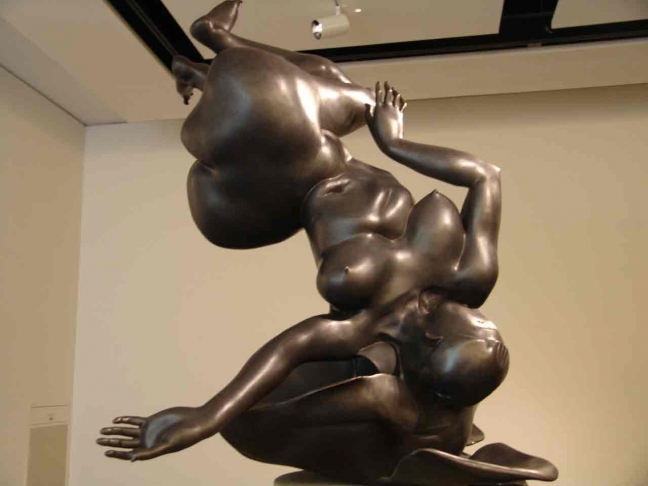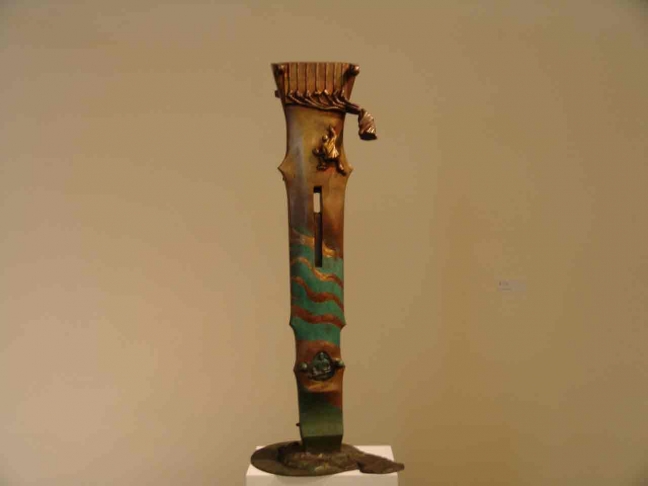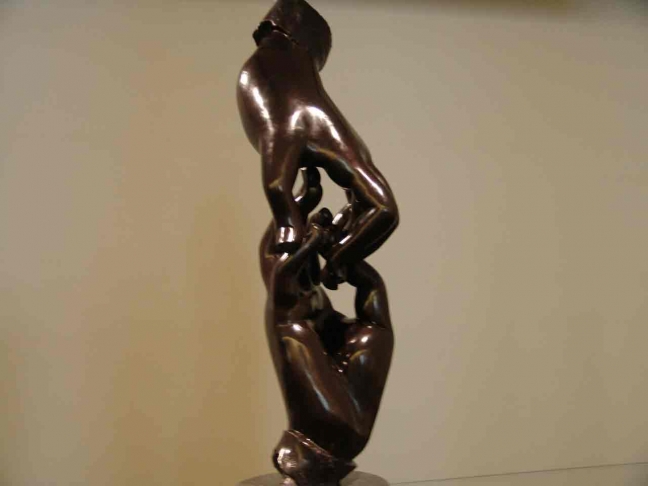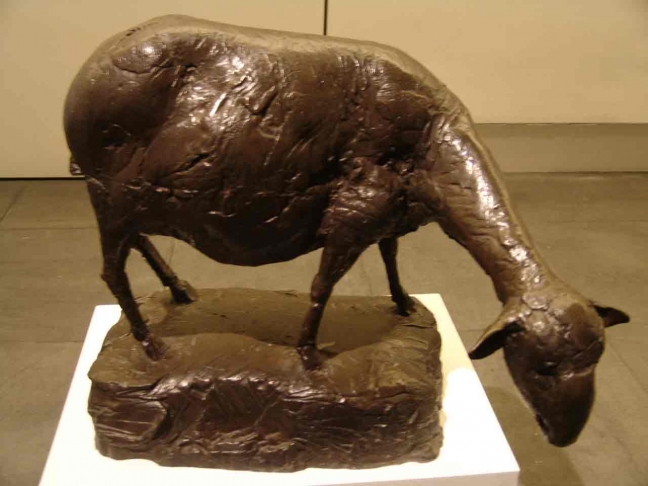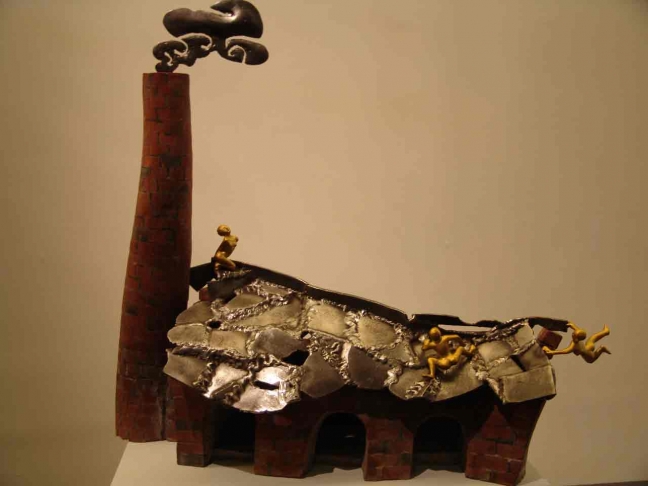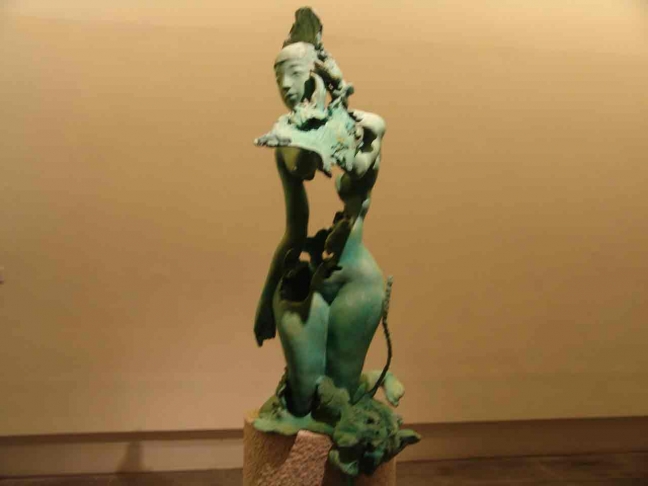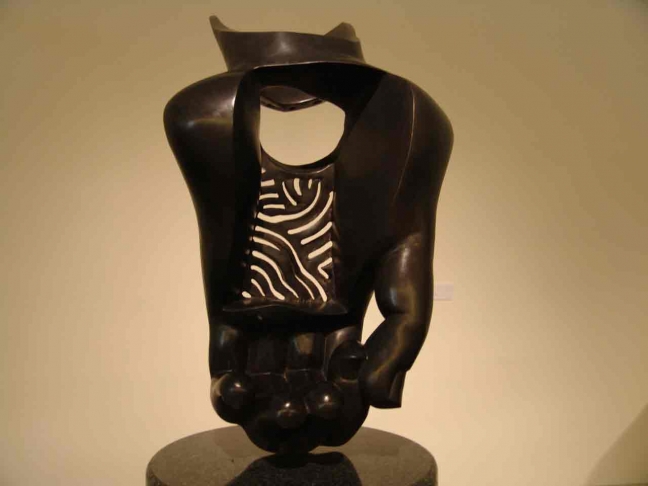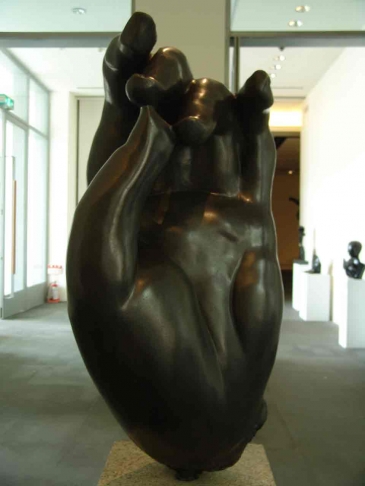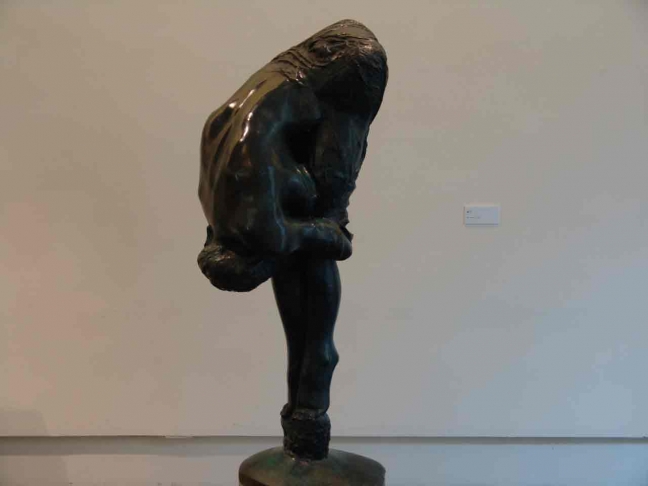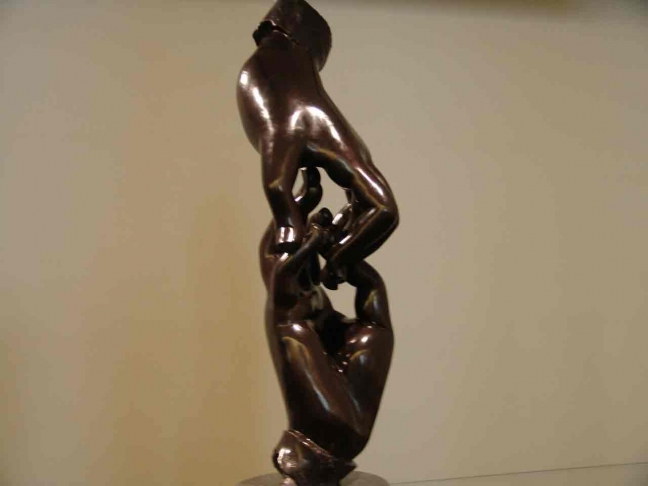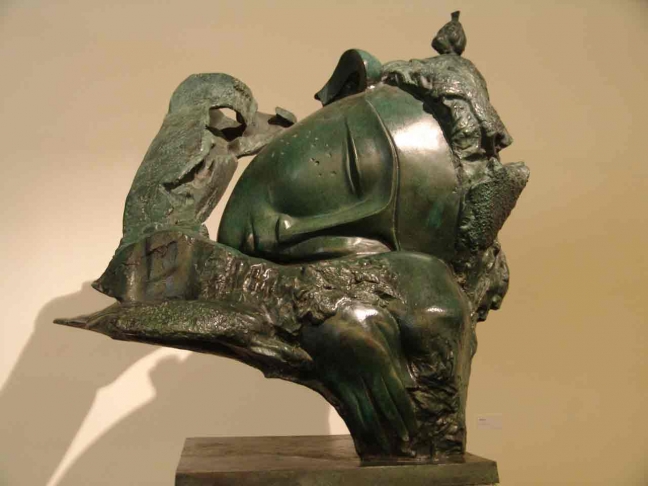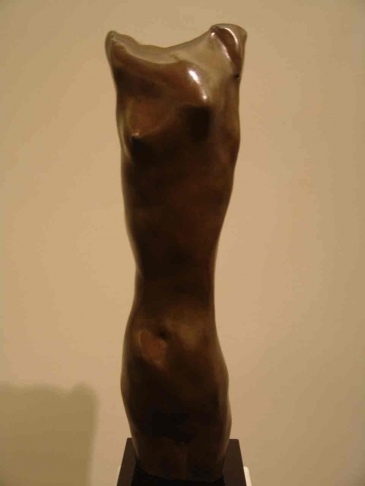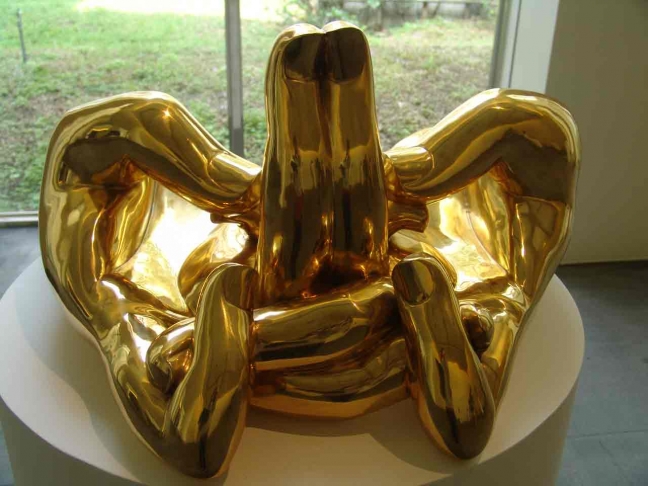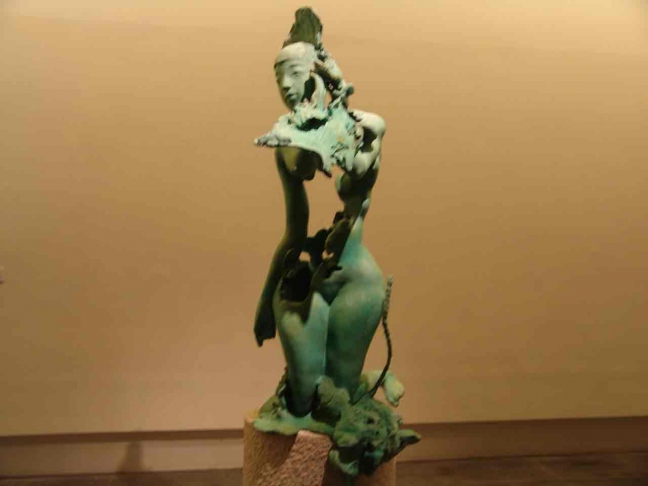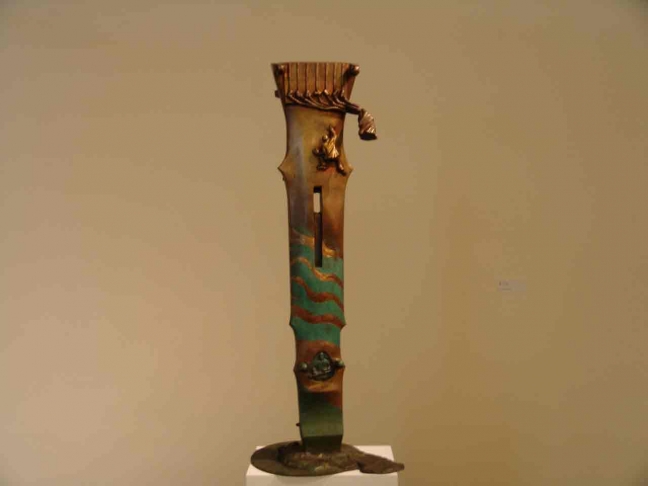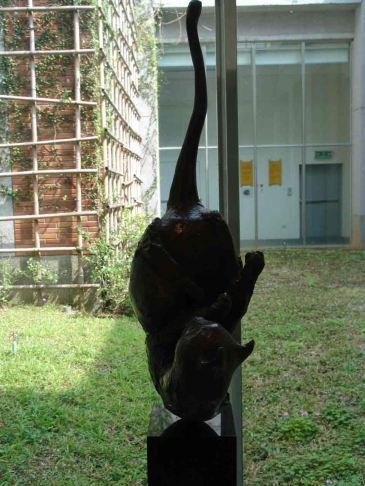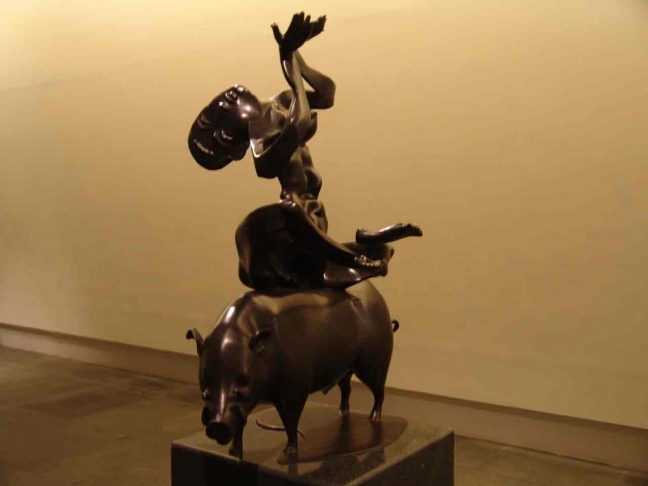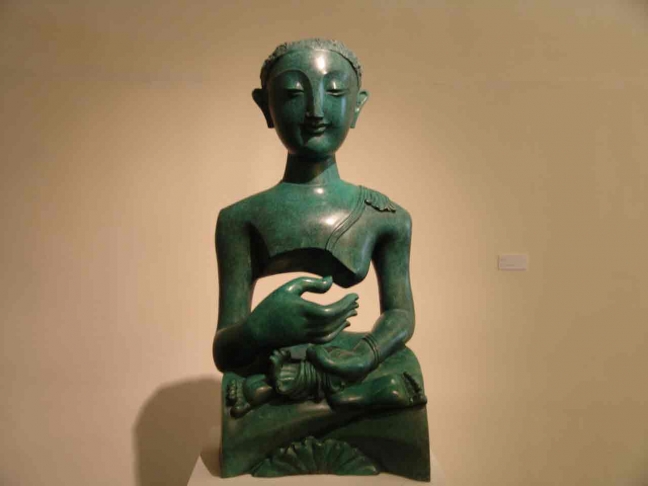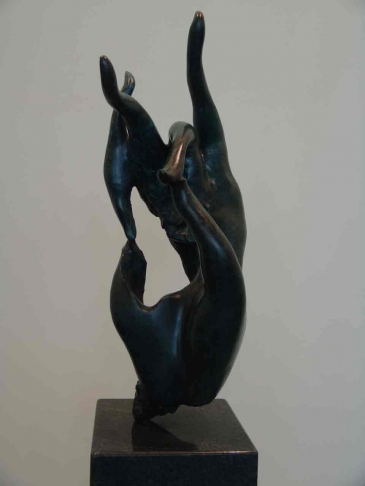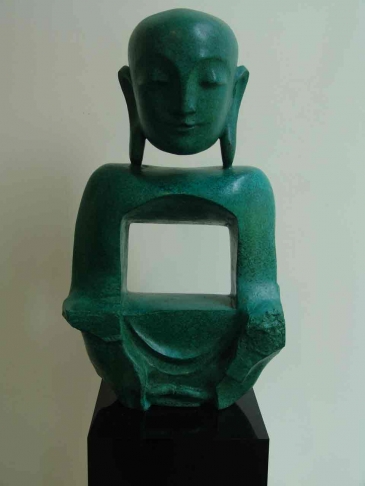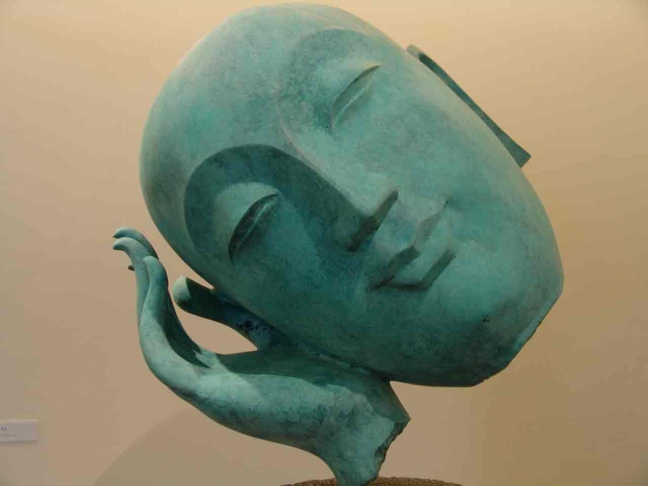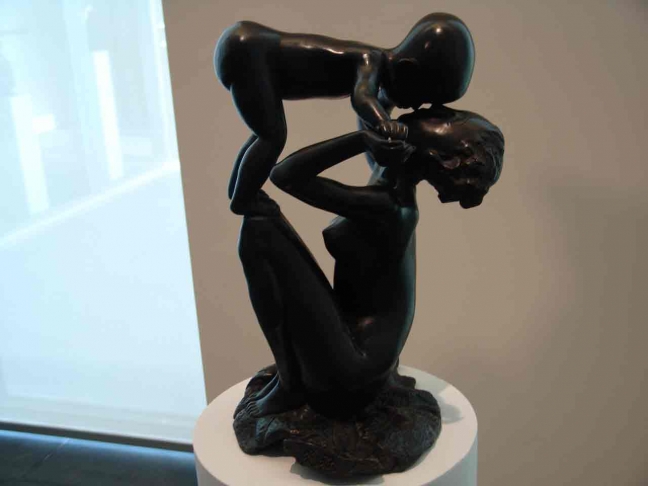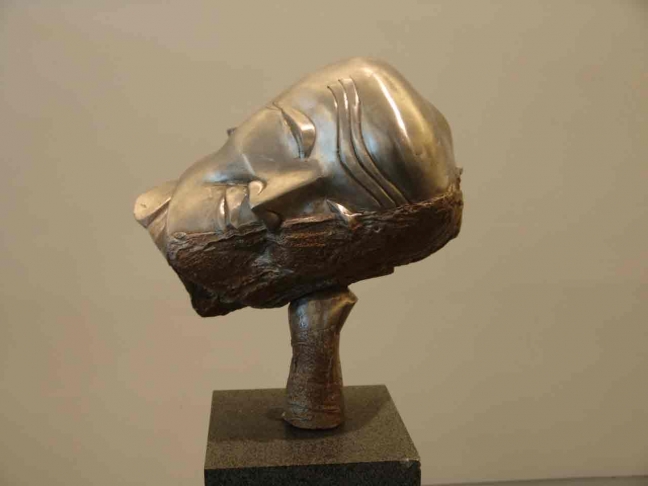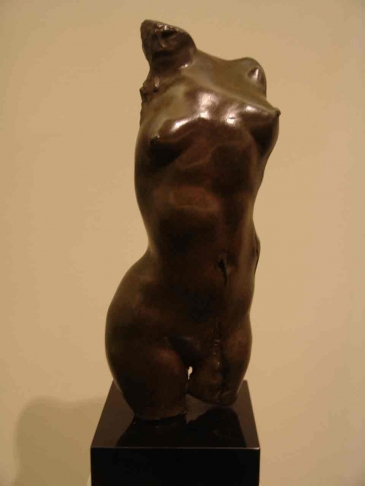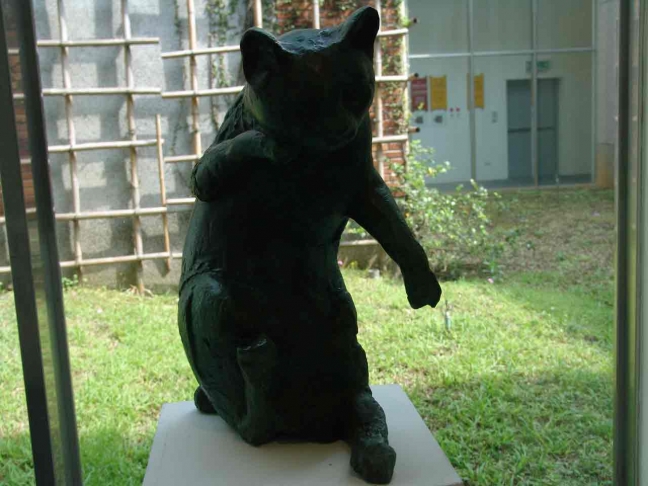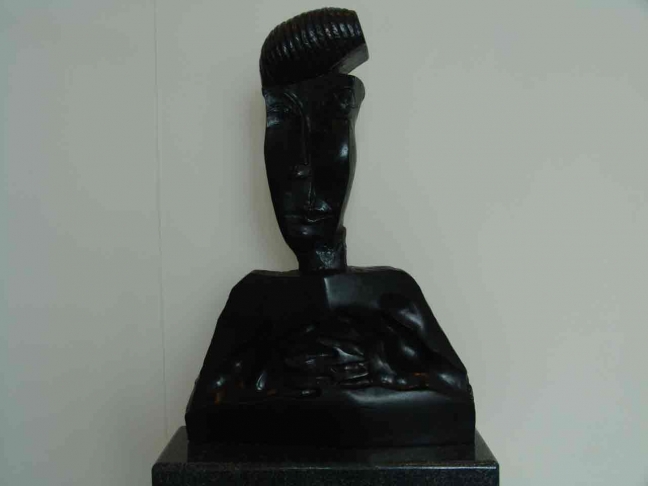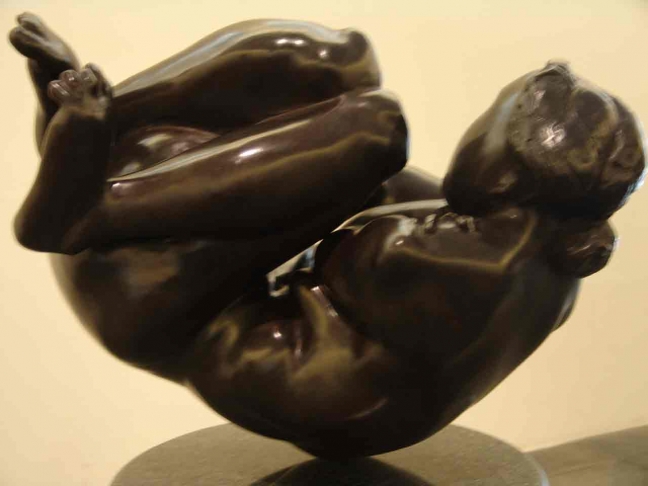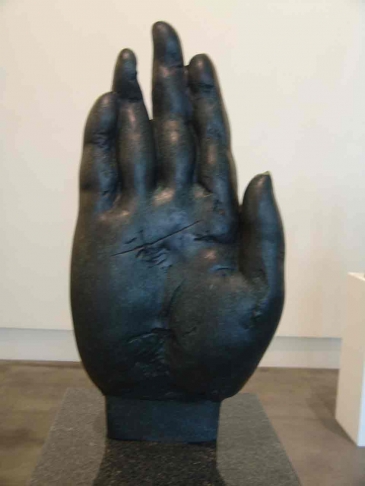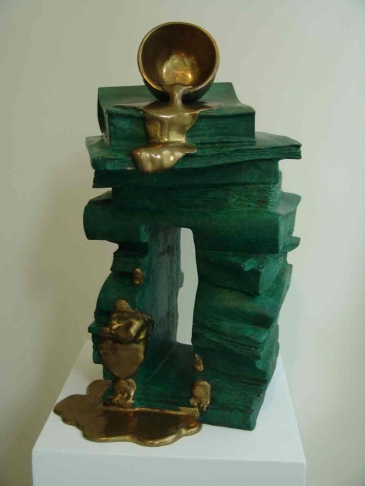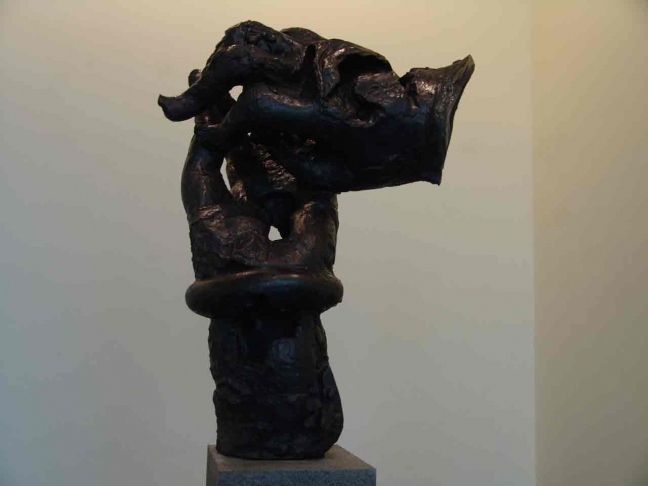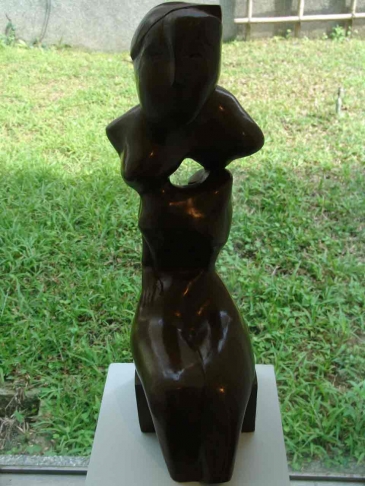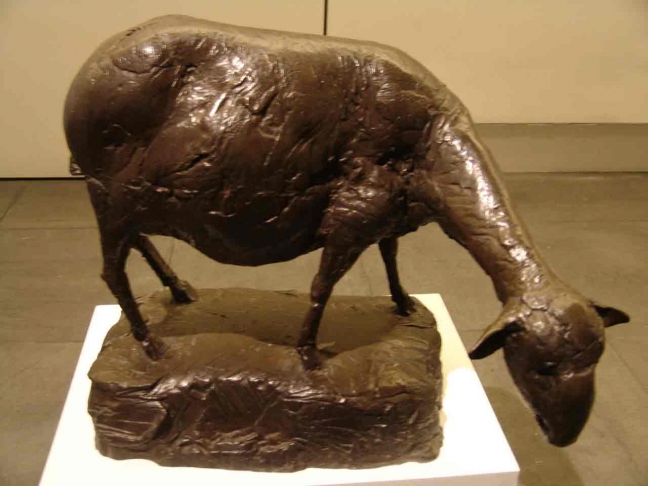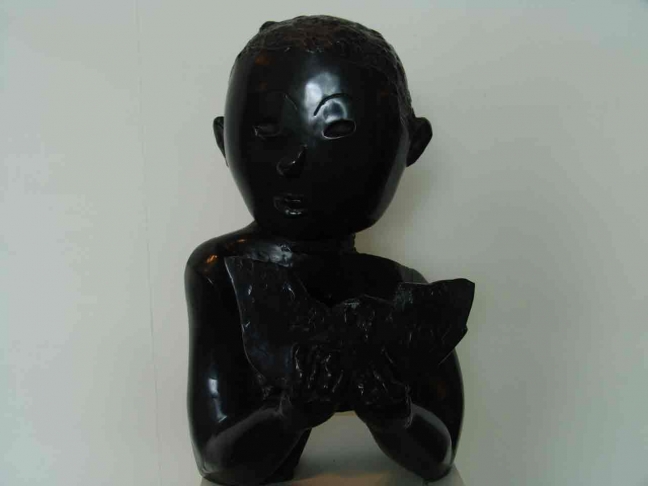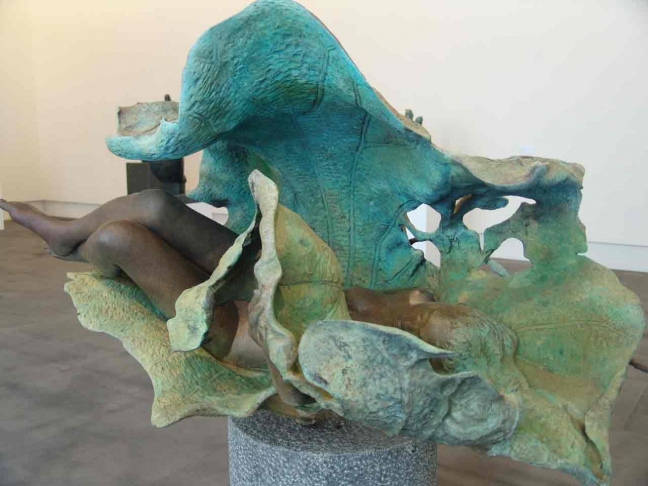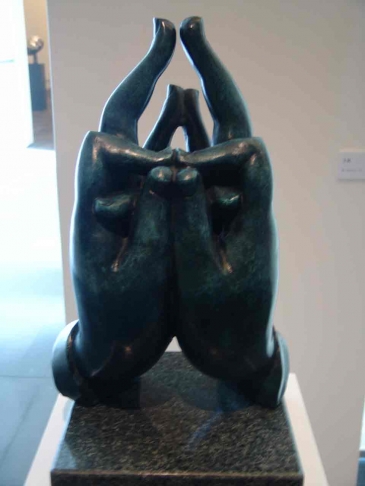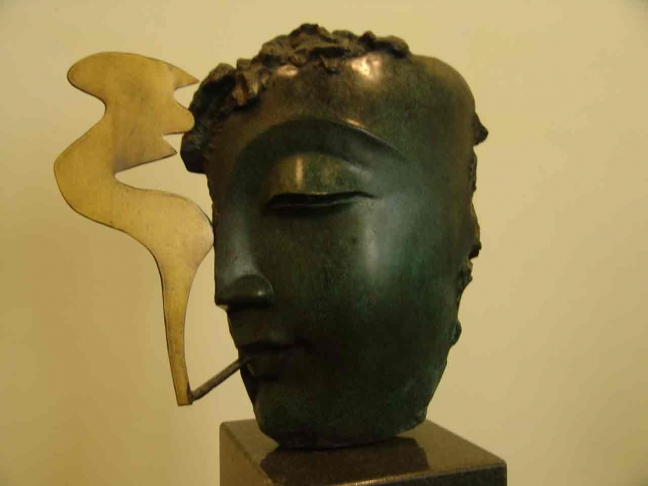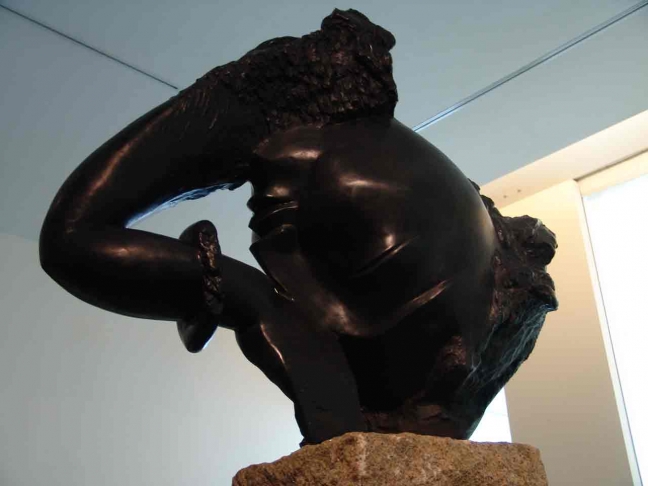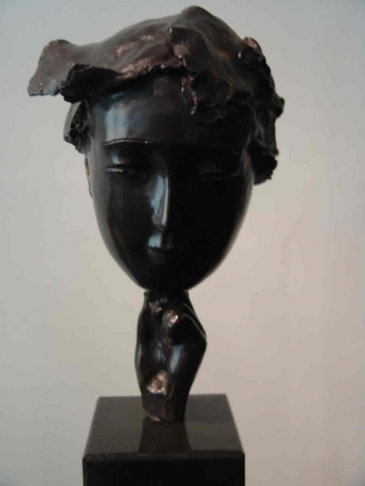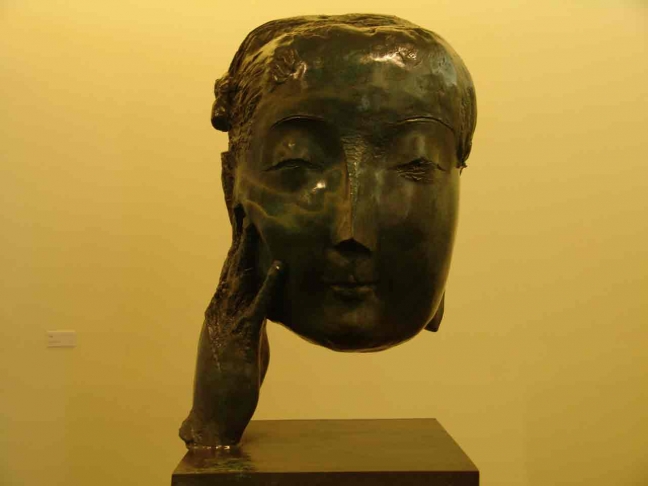Life, Illusion of Bodies
2009.04.10~2009.06.14
09:00 - 17:00
1954 Born in Nei-Wei, Kaohsiung, Taiwan 1975 Graduated from Sculpture department of Nation Taiwan University of Art 1982 Graduated from Real Academia de Bellas Artes de San Fernando, Spain 1983 M.F.A, Universidad Complutense de Madrid, Spain Selected solo exhibition 1992 First solo exhibition, Leisure art center, Taipei, Taiwan 1999 A sentimental world: Lee Kuang-Yu sculpture, Art Center of Komushen Foundation, Taipei, Taiwan The light of black, Dunhuang art center, Taichung, Taiwan 2009 Life, illusion of bodies, Kuandu Museum of Fine Arts, Taipei, Taiwan Selected group Exhibitions 1981 Spain fall salón, Spain 1982 Spain coin and relief design exhibition, National Mint of Spain, Spain 1988 The 3th Asia Art Exhibition, Hukuoka, Japan 1994 Contemporary sculpture in Taiwan,Bao-chen Foundation, Kaohsiung, Taiwan 1995 Austria Graz international sculpture craft workshop exhibition, Graz, Austria The two sides across the Taiwan Strait sculpture exhibition, Dr. Sun Yat-sen Memorial Hall, Taipei, Taiwan 1996 Taiwan contemporary sculpture Invite Exhibition, Apollo Art Gallery, Taipei, Taiwan 1998 20 centuries dawn campus carve a big exhibition,National Cheng Kung University, Tainan, Taiwan Mass transit public art exhibition, the SOCA is a city modern art association Taipei, Taiwan The mind move, Fubon banking center, Fubon foundation, Taipei, Taiwan 1999 Singapore the 1999 nations carve exhibition Volume& Form, Andres Contemporary Art Pte Lte Taipei public art exhibition in the mass transit NTU hospital, NTU hospital MRT station, Taipei, Taiwan 2006 Art Taipei 2006, Impression Art Gallery, Taipei, Taiwan 2007 Art Taipei 2007, Impression Art Gallery, Taipei, Taiwan Impression Contemporary Opening Exhibition, Impression Contemporary Space, Taipei, Taiwan
1954 Born in Nei-Wei, Kaohsiung, Taiwan 1975 Graduated from Sculpture department of Nation Taiwan University of Art 1982 Graduated from Real Academia de Bellas Artes de San Fernando, Spain 1983 M.F.A, Universidad Complutense de Madrid, Spain Selected solo exhibition 1992 First solo exhibition, Leisure art center, Taipei, Taiwan 1999 A sentimental world: Lee Kuang-Yu sculpture, Art Center of Komushen Foundation, Taipei, Taiwan The light of black, Dunhuang art center, Taichung, Taiwan 2009 Life, illusion of bodies, Kuandu Museum of Fine Arts, Taipei, Taiwan Selected group Exhibitions 1981 Spain fall salón, Spain 1982 Spain coin and relief design exhibition, National Mint of Spain, Spain 1988 The 3th Asia Art Exhibition, Hukuoka, Japan 1994 Contemporary sculpture in Taiwan,Bao-chen Foundation, Kaohsiung, Taiwan 1995 Austria Graz international sculpture craft workshop exhibition, Graz, Austria The two sides across the Taiwan Strait sculpture exhibition, Dr. Sun Yat-sen Memorial Hall, Taipei, Taiwan 1996 Taiwan contemporary sculpture Invite Exhibition, Apollo Art Gallery, Taipei, Taiwan 1998 20 centuries dawn campus carve a big exhibition,National Cheng Kung University, Tainan, Taiwan Mass transit public art exhibition, the SOCA is a city modern art association Taipei, Taiwan The mind move, Fubon banking center, Fubon foundation, Taipei, Taiwan 1999 Singapore the 1999 nations carve exhibition Volume& Form, Andres Contemporary Art Pte Lte Taipei public art exhibition in the mass transit NTU hospital, NTU hospital MRT station, Taipei, Taiwan 2006 Art Taipei 2006, Impression Art Gallery, Taipei, Taiwan 2007 Art Taipei 2007, Impression Art Gallery, Taipei, Taiwan Impression Contemporary Opening Exhibition, Impression Contemporary Space, Taipei, Taiwan
Lee, Kuang-Yu creates art to answer to the questions that perplex him in life. These questions are perhaps his questions, if not commonly shared by people. Lee, Kuang-Yu was born in the 1950s. He completed his academic education in sculpture in the mid 1970s. Lee, a second-generation Taiwan sculptor in the post-war period, was taught in first-generation realism and also learned abstract philosophies in modern art. Accordingly, Lee’s work reveals extricate realness and an abstract composition that breaks conventional frameworks. When Lee was young, he spent significant efforts in exploring shapes, especially in body structure and parts, as well as physical actions and emotions. What most distinguished Lee, in his youth, was his wide and extensive reading in East and Western classics, which cultivated a unique style of argumentation or even metaphysics in his creations. This style enabled him to immerse himself in local culture when he studied in Spain and also detached himself when he chose to. Lee comprehended the mysteries of the human body in Buddhist classics after his return to Taiwan and then delved into body studies to find the subtle states within the visible to the invisible. Lee transformed this comprehension during this period into practices in his life, which he further transformed into the elements for sculptures and shapes based on the theme of the body. Lee vividly delivers the motion and emotion in every moment between movement and stillness. As movement and stillness consecutively follow each other, a full-composed story is thus formed. Even though some pieces of creation derive simply from an extract of story, they contain the tangible that correspond to the intangible. Lee ingeniously unveils the original and the reversed structures of shapes between the unreal and the real from various perspectives. Through these structures, he demonstrates his abstract idea in sculpture and also conveys his realization about the unreal and the real in life. In his work, Lee boldly destructs the spatial dimensions in a shape between the existence and inexistence of space, invalidates the definition of the 3D space, and creates a space dominated by states of mind and life. The existence and inexistence of space in the works convert visual strength to emotional power. The conversion from the tangible to the intangible in Lee’s creations arouses the most profound reflections. This conversion, a transformation of shape and also a change of life, turns sorrow and joy into illusion.
Lee, Kuang-Yu creates art to answer to the questions that perplex him in life. These questions are perhaps his questions, if not commonly shared by people. Lee, Kuang-Yu was born in the 1950s. He completed his academic education in sculpture in the mid 1970s. Lee, a second-generation Taiwan sculptor in the post-war period, was taught in first-generation realism and also learned abstract philosophies in modern art. Accordingly, Lee’s work reveals extricate realness and an abstract composition that breaks conventional frameworks. When Lee was young, he spent significant efforts in exploring shapes, especially in body structure and parts, as well as physical actions and emotions. What most distinguished Lee, in his youth, was his wide and extensive reading in East and Western classics, which cultivated a unique style of argumentation or even metaphysics in his creations. This style enabled him to immerse himself in local culture when he studied in Spain and also detached himself when he chose to. Lee comprehended the mysteries of the human body in Buddhist classics after his return to Taiwan and then delved into body studies to find the subtle states within the visible to the invisible. Lee transformed this comprehension during this period into practices in his life, which he further transformed into the elements for sculptures and shapes based on the theme of the body. Lee vividly delivers the motion and emotion in every moment between movement and stillness. As movement and stillness consecutively follow each other, a full-composed story is thus formed. Even though some pieces of creation derive simply from an extract of story, they contain the tangible that correspond to the intangible. Lee ingeniously unveils the original and the reversed structures of shapes between the unreal and the real from various perspectives. Through these structures, he demonstrates his abstract idea in sculpture and also conveys his realization about the unreal and the real in life. In his work, Lee boldly destructs the spatial dimensions in a shape between the existence and inexistence of space, invalidates the definition of the 3D space, and creates a space dominated by states of mind and life. The existence and inexistence of space in the works convert visual strength to emotional power. The conversion from the tangible to the intangible in Lee’s creations arouses the most profound reflections. This conversion, a transformation of shape and also a change of life, turns sorrow and joy into illusion.
